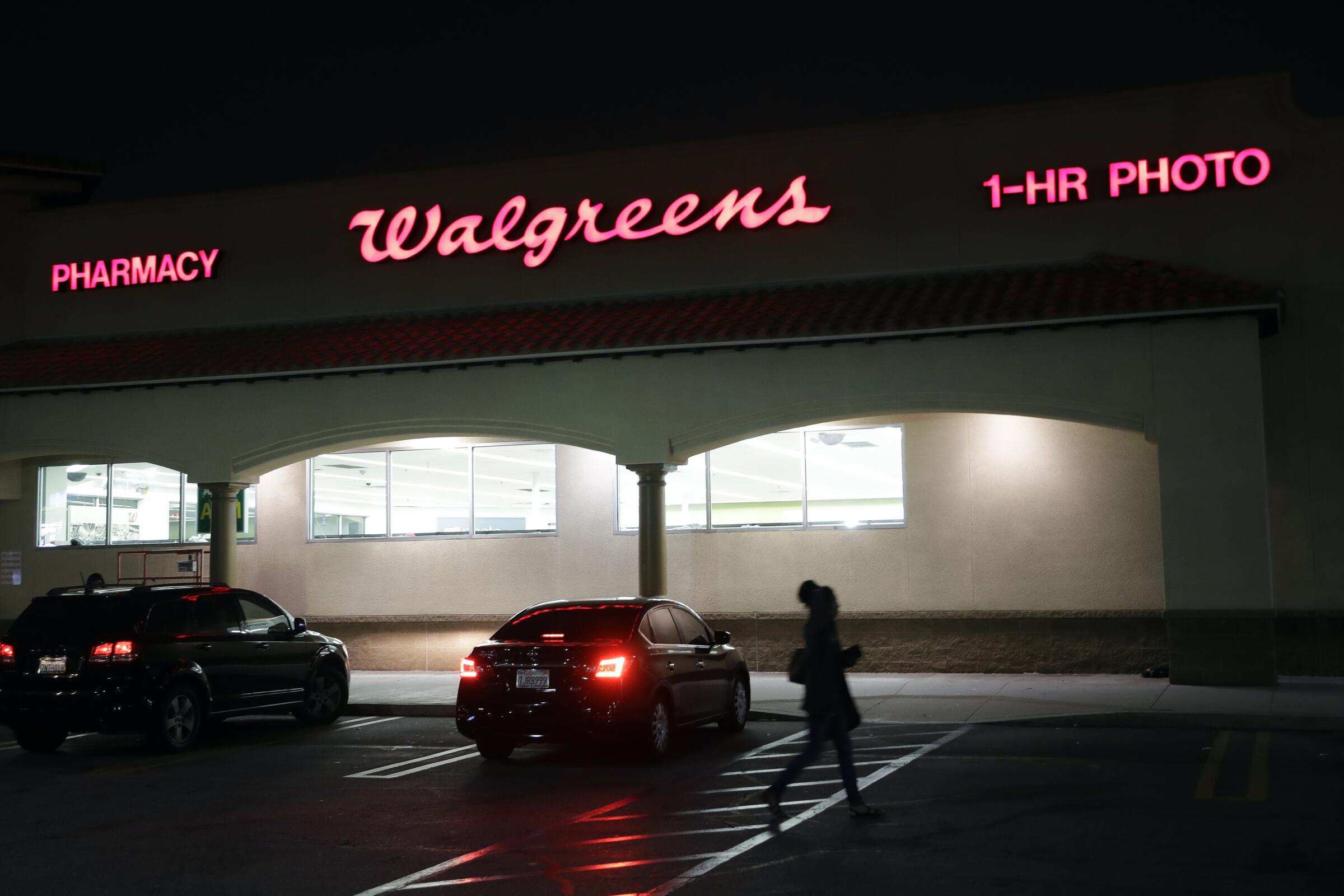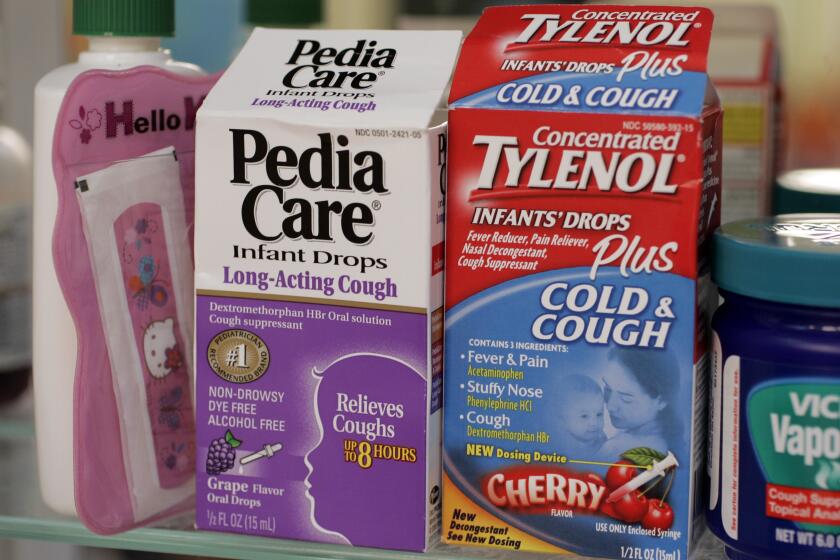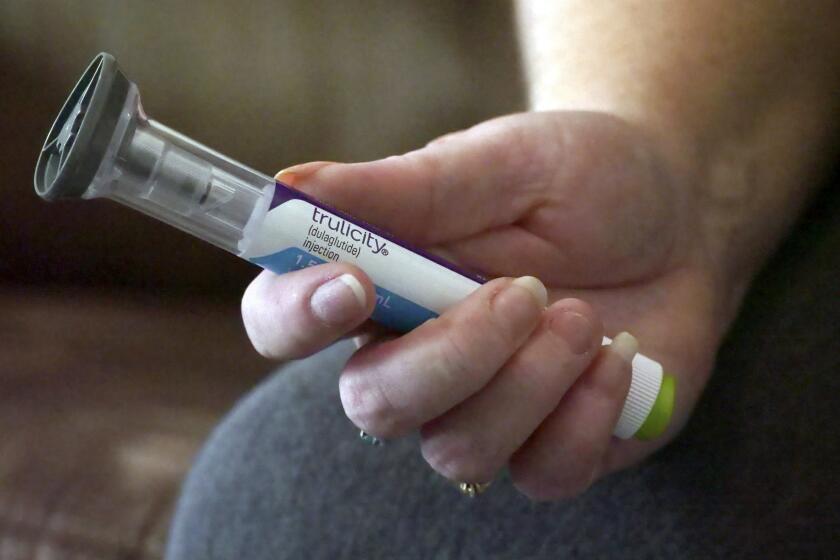Medication shortages have been a problem for decades but are getting worse. Between 2021 and 2022, the number of new shortages increased by almost 30%, according to the March report by the Senate Committee on Homeland Security and Governmental Affairs.
The shortages are also lasting longer. More than 15 critical drugs, including the antibiotic ceftazidime, have been difficult to obtain for more than a decade.
The shortfalls, in some cases, have caused delays in treatment and led to an increased risk of medical errors as doctors prescribe substitute medications they are not as familiar with, according to the report. Doctors have had to ration lifesaving medicines and use less effective alternatives.
Yoram Unguru, a doctor who treats children with cancer, told the Senate committee, “Pediatric chemotherapy agents work in concert with one another, and if you are missing one drug, we don’t know what the outcome will be.”











